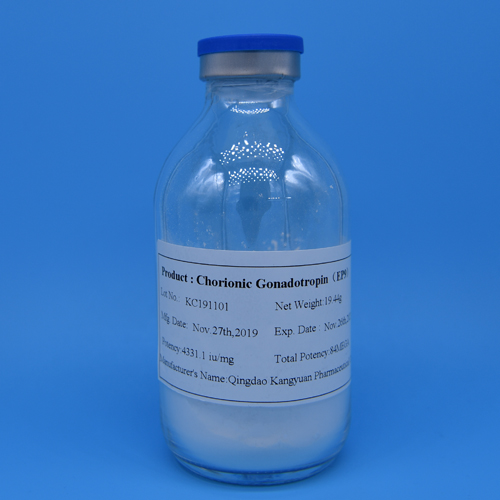One, gonadotropin application
Gonadotropin obtained from animal pituitary gland has been widely used in
animal husbandry and aquaculture, but has no effect on human beings. HCG can be
prepared from the urine of pregnant women, or the mixed preparation of LH and
FSH extracted from the urine of menopausal women, referred to as human
menopausal gonadotropin (HMG), which can be used to treat hyposexual dysfunction
clinically.

two. Secretion mechanism
The production and release of pituitary gonadotropin is directly regulated
by hypothalamic luteinizing hormone releasing hormone (LH-RH). Sex hormones, the
target gland products of LH and FSH, can in turn affect the secretion function
of the pituitary or hypothalamus. Therefore, the secretion of LH-RH, LH, FSH and
sex hormones is restricted mutually, and the ups and downs are quite rhythmical.
The recurrent occurrence of a woman's menstrual cycle is the result of the ups
and downs and rhythmic changes in the secretion of these tertiary hormones.
Three, the structure
Gonadophilic hormone (LH, FSH, HCG) and thyroid stimulating hormone (TSH)
are composed of α and β peptide chains combined by non-covalent bonds, and
contain glycogroups, which are partially bound to individual asparagine
residues, serine residues or threonine residues on the peptide chains by
covalent bonds. Two peptide chains can be separated and recombined. The α
-peptide chains of LH, FSH, HCG and TSH have the same structure, while the β
-peptide chains have their own characteristics, which determine the functional
specificity of these hormones.